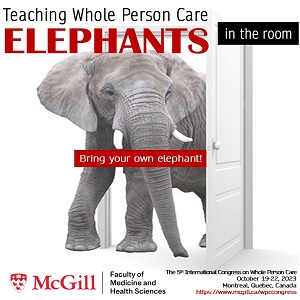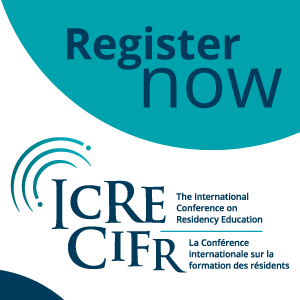Ten ways to get a grip on resident co-production within medical education change
DOI:
https://doi.org/10.36834/cmej.67919Abstract
The Royal College of Physicians and Surgeons of Canada (RCPSC) is transforming its national approach to postgraduate medical education by transitioning all specialty programs to competency based medical education (CBME) curriculums over a seven-year period. Queen’s University, with special permission from the RCPSC, launched CBME curricula for all incoming residents across its 29 specialty programs in July 2017. Resident engagement, empowerment, and co-production through this transition has been instrumental in successful implementation of CBME at Queen’s University. This article aims to use our own experience at Queen’s in the context of current literature and rooted in change leadership theory, to provide a guide for educators, learners, and institutions on how to leverage the interest and enthusiasm of trainees in the transition to CBME in postgraduate training. The following ten tips provides a model for avoiding the “black ice” type pitfalls that can arise with learner involvement and ensure a smoother transition for other institutions moving forward with CBME implementation.
Metrics
Downloads
Published
How to Cite
Issue
Section
License
Submission of an original manuscript to the Canadian Medical Education Journal will be taken to mean that it represents original work not previously published, that it is not being considered elsewhere for publication. If accepted for publication, it will be published online and it will not be published elsewhere in the same form, for commercial purposes, in any language, without the consent of the publisher.
Authors who publish in the Canadian Medical Education Journal agree to release their articles under the Creative Commons Attribution-Noncommercial-No Derivative Works 4.0 Canada Licence. This licence allows anyone to copy and distribute the article for non-commercial purposes provided that appropriate attribution is given. For details of the rights an author grants users of their work, please see the licence summary and the full licence.












